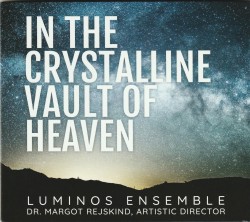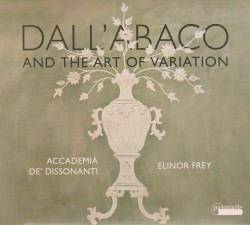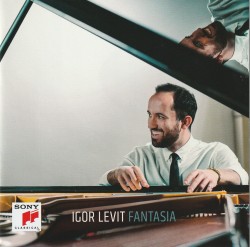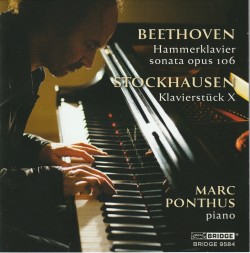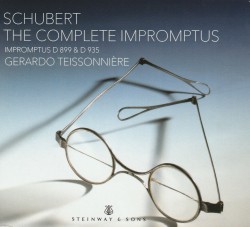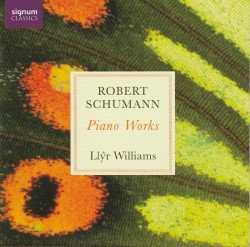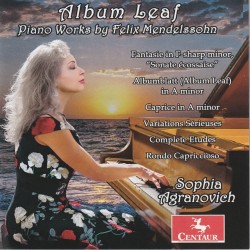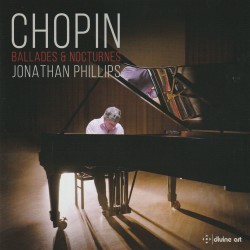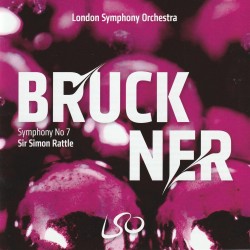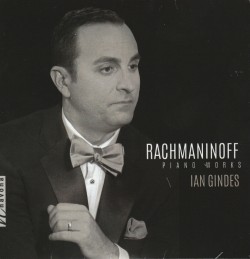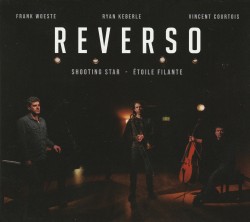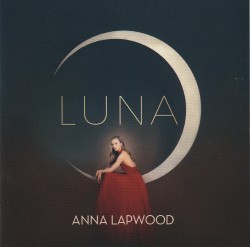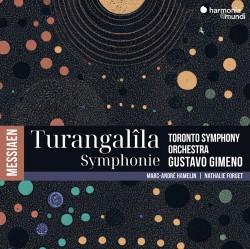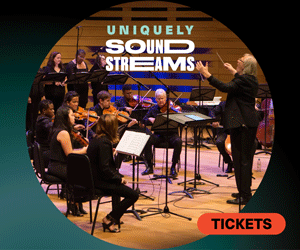Fire-Flowers - Luminous Voices; Timothy Shantz
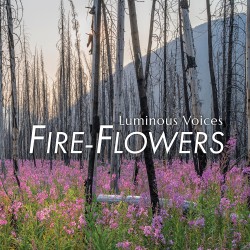 Fire-Flowers
Fire-Flowers
Luminous Voices; Timothy Shantz
Leaf Music LM275b (leaf-music.ca)
The Calgary-based choir Luminous Voices, directed by Timothy Shantz, is a diverse and prolific ensemble, performing and recording a range of repertoire with consistently excellent results. In 2023 they released Ispiciwin, with music by Indigenous composers Andrew Balfour, Sherryl Sewepagaham and Walter MacDonald White Bear, which is followed now by Fire-Flowers, featuring Johannes Brahms’ stunning Requiem.
Originally written for chorus and orchestra, this performance uses Brahms’ own alternative version of the full seven-movement work, performed with piano duet accompaniment, which gives this rich and robust composition an introverted and subdued atmosphere. It also makes the choir’s task much more challenging, as the warm (and rather more forgiving) tones of strings and woodwinds are replaced by the percussive keys and hammers of the piano. Any indiscretion in pitch or rhythm would be immediately apparent, and the lack of asynchronicity is a testament to Luminous Voices’ collective talent.
In addition to these general hazards, there are a few notably challenging moments in Brahms’ Requiem that serve as a barometer of an ensemble’s skill, including the “Herr, du bist würdig” fugue at the end of movement VI. Rather than being in peril, the choir gives a masterclass in phrasing and fugal execution, turning potential danger into five minutes of sonic bliss.
While Brahms is the centrepiece of this recording, it is bookended by two works by Zachary Wadsworth, including his dramatic Battle-Flags with text by Walt Whitman, and Fire-Flowers, based on an excerpt from Emily Pauline Johnson’s Flint and Feather. Both pieces are extraordinarily compelling reflections on life, loss and hope, and this recording is highly recommended as what will undoubtedly be one of the best choral discs of this year.


